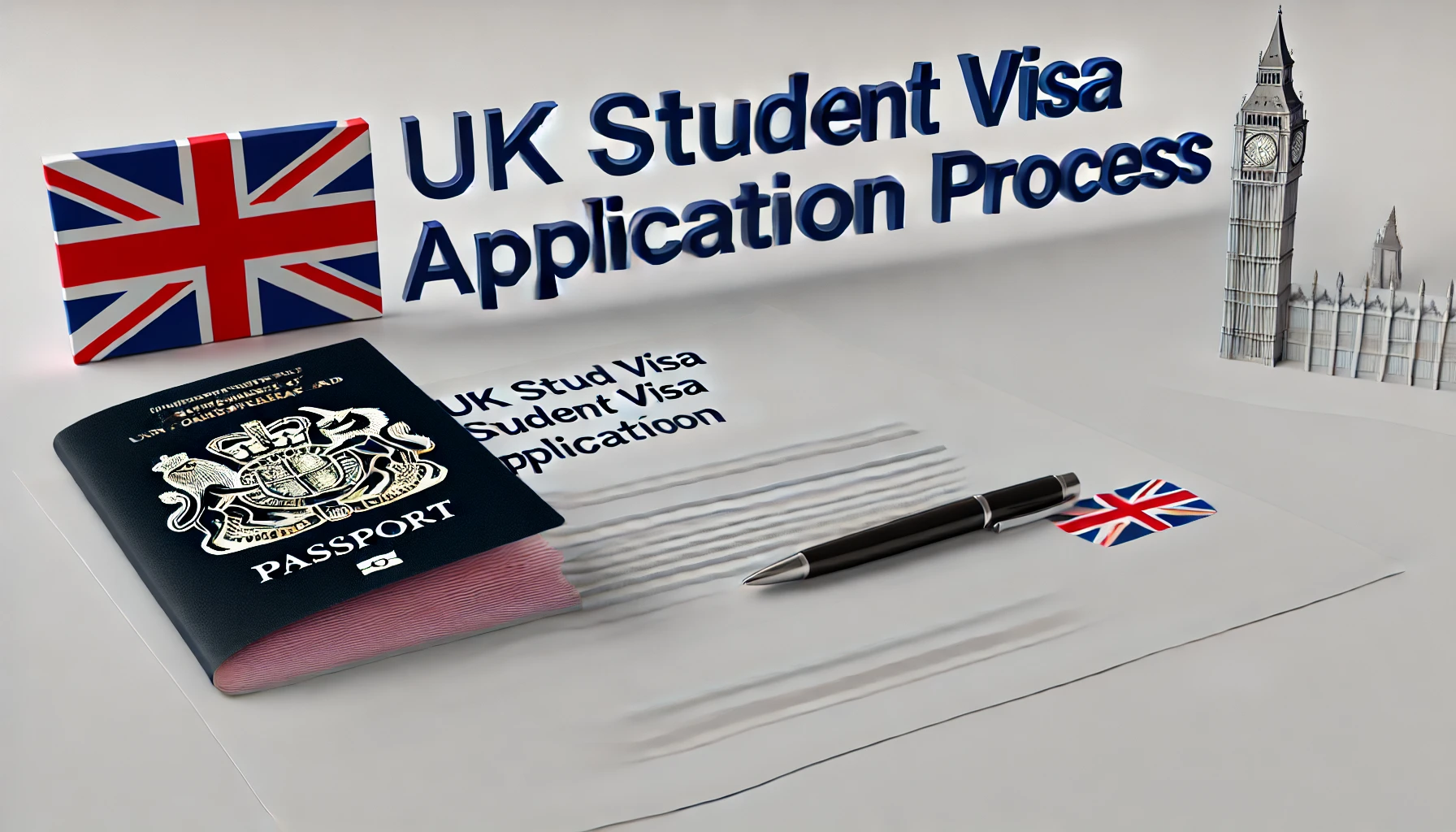Exploring the Erasmus Program: A Gateway to Global Education and Cultural Exchange
The Erasmus Program, formally known as Erasmus+, is a prestigious initiative by the European Union that aims to enhance education, training, youth, and sport in Europe. Named after the Dutch philosopher Desiderius Erasmus of Rotterdam, this program facilitates student and staff exchanges, providing opportunities for individuals to study, train, and gain experience abroad. This article explores the Erasmus Program, its benefits, and its impact on global education and cultural exchange.
What is the Erasmus Program?
Established in 1987, the Erasmus Program originally focused on student mobility within Europe. Over the years, it has expanded significantly and evolved into Erasmus+, encompassing a broader range of activities and countries. The program now includes higher education, vocational education and training, school education, adult education, youth exchanges, and sports.
Key Objectives of the Erasmus Program
The Erasmus Program aims to:
- Promote Mobility: Facilitate the mobility of students, staff, and trainees across Europe and beyond, enhancing their skills and employability.
- Encourage Cooperation: Foster cooperation and partnerships between educational institutions, organizations, and businesses.
- Support Innovation: Encourage innovation and the exchange of best practices in education and training.
- Enhance Social Inclusion: Promote social inclusion, diversity, and active citizenship through educational opportunities.
Benefits of the Erasmus Program
The Erasmus Program offers a multitude of benefits to participants, educational institutions, and society as a whole.
- For Students:
- Academic Enhancement: Students can study at renowned universities abroad, gaining access to diverse courses and high-quality education.
- Cultural Exposure: Living and studying in a different country provides invaluable cultural experiences, broadening students’ horizons and fostering intercultural understanding.
- Language Skills: Immersion in a foreign country helps students improve their language skills, an asset in today’s globalized world.
- Personal Growth: The experience of living independently in a new environment enhances personal development, self-confidence, and adaptability.
- For Educational Institutions:
- International Collaboration: Universities and institutions can form partnerships with foreign counterparts, leading to collaborative research and joint programs.
- Quality Improvement: Exposure to different educational systems and practices helps institutions improve their own programs and curricula.
- Enhanced Reputation: Participation in Erasmus+ enhances an institution’s international profile and attractiveness to prospective students and staff.
- For Society:
- Social Cohesion: The program promotes social inclusion and cultural diversity, contributing to a more cohesive and inclusive society.
- Economic Growth: By enhancing skills and employability, Erasmus+ supports economic growth and competitiveness in the global market.
Structure of the Erasmus Program
Erasmus+ is structured around three key actions:
- Key Action 1 (KA1) – Learning Mobility of Individuals:
- Student Mobility: Supports higher education students studying or training abroad.
- Staff Mobility: Enables staff to teach or receive training abroad.
- Youth Exchanges and Volunteering: Facilitates youth exchanges and volunteering projects.
- Key Action 2 (KA2) – Cooperation for Innovation and the Exchange of Good Practices:
- Strategic Partnerships: Supports partnerships between educational institutions and organizations to develop and transfer innovative practices.
- Knowledge Alliances: Promotes collaboration between higher education institutions and businesses.
- Capacity Building: Enhances the capacity of educational institutions in partner countries.
- Key Action 3 (KA3) – Support for Policy Reform:
- Policy Dialogue: Encourages dialogue and cooperation between policy makers, educational institutions, and stakeholders.
- Initiatives for Innovation: Supports initiatives that drive policy innovation and reform in education and training.
How to Participate in the Erasmus Program
- For Students:
- Check Eligibility: Ensure you meet the eligibility criteria, which typically include being enrolled in a higher education institution that participates in the Erasmus+ program.
- Apply Through Your Institution: Contact the international office or Erasmus coordinator at your home institution for information on available opportunities and the application process.
- Prepare Your Application: Gather necessary documents, including academic transcripts, a motivation letter, and a learning agreement.
- For Staff:
- Explore Opportunities: Check the available staff mobility opportunities at your institution.
- Submit an Application: Complete the application process through your institution’s international office, providing the required documentation and a plan for your mobility period.
- For Institutions:
- Partner with Erasmus+: Register your institution with the Erasmus+ program and apply for funding to participate in mobility and cooperation projects.
- Develop Projects: Design and implement projects that align with the objectives of Erasmus+, focusing on mobility, cooperation, and policy innovation.
Impact of the Erasmus Program
The Erasmus Program has had a profound impact on education and cultural exchange over the past three decades:
- Enhanced Academic Mobility:
- Millions of students and staff have benefited from the opportunity to study, train, and teach abroad, enriching their academic and professional experiences.
- Strengthened European Identity:
- By promoting intercultural dialogue and understanding, the program has fostered a sense of European identity and solidarity among participants.
- Innovation and Best Practices:
- The exchange of ideas and best practices has led to innovation in teaching, learning, and institutional management, contributing to the overall quality of education.
- Social Inclusion and Diversity:
- Erasmus+ has played a key role in promoting social inclusion and diversity, providing opportunities for individuals from diverse backgrounds to access quality education and training.
Conclusion
The Erasmus Program stands as a beacon of educational and cultural exchange, offering unparalleled opportunities for students, staff, and institutions. By promoting mobility, cooperation, and innovation, Erasmus+ enhances the quality of education, fosters intercultural understanding, and contributes to the development of a more inclusive and cohesive society. Whether you are a student seeking international study experiences, a staff member looking to expand your professional horizons, or an institution aiming to collaborate globally, the Erasmus Program offers a pathway to achieving your goals. Explore the opportunities with Erasmus+ and embark on a journey of academic excellence and cultural enrichment.
To read more articles like this, visit: Regent Studies




